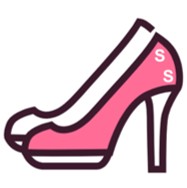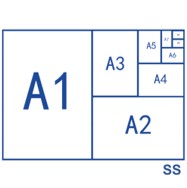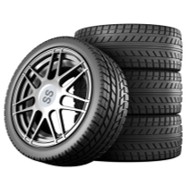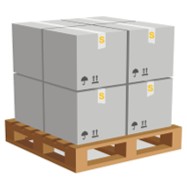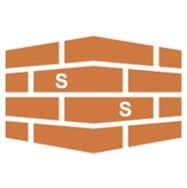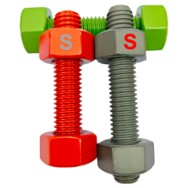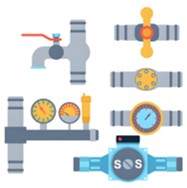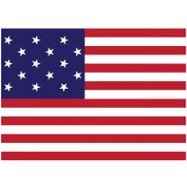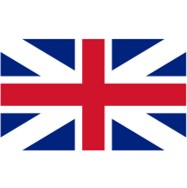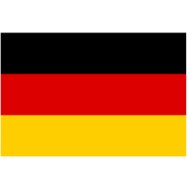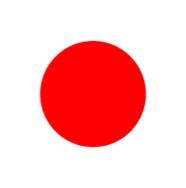About Standard Size
Breakdown of standard sizes across various common categories.
1. Standard clothing size chart.
This is one of the most variable categories. Sizes are not standardized between brands or even countries.
US Women's: Typically even numbers (0, 2, 4, 6, ... , 16, 18, etc.)
US Men's: Based on chest/bust measurement (e.g., Size 40 suit).
EU: Uses a number based on a formula (e.g., EUR 36, 38, 40, etc.).
UK: Uses even numbers similar to the US but with different measurements (e.g., UK 8, 10, 12).
2. Standard shoe size chart.
There are three primary sizing systems used around the world: ① US & Canada (North American); ② UK (British); ③ EU (European).
US vs. UK: UK sizes are approximately 1.5 sizes smaller than US men's sizes. (e.g., US 10 = UK 9.5).
US vs. EU: There is no simple formula, but EU sizes are roughly US men's size + 33-34. (e.g., US 10 + 34 = EU 44).
US Men's vs. Women's: There is typically a 1.5 to 2 size difference. (e.g., A men's US 10 is a women's US 11.5).
3. Standard paper size chart.
The most recognized global standard is the ISO 216 "A Series", used everywhere except North America.
A3 (297 x 420 mm): Twice the size of A4, often used for presentations and diagrams.
A4 (210 x 297 mm / 8.27" x 11.69"): The international standard for business documents, letters, and printers.
A5 (148 x 210 mm): Half the size of A4, common for notepads and journals.
4. Standard tire size chart.
Companies like U-Haul, FedEx, and Home Depot offer "standard" moving or shipping boxes. Common ones include:
Small: 16" x 12" x 12" - For books, heavy small items.
Medium: 18" x 18" x 16" - The most common, for pots, pans, toys.
Large: 24" x 18" x 24" - For lightweight bulky items like pillows, lampshades.
Tire sizes follow a standardized alphanumeric code on the sidewall. For example: P215/65R15 95H


